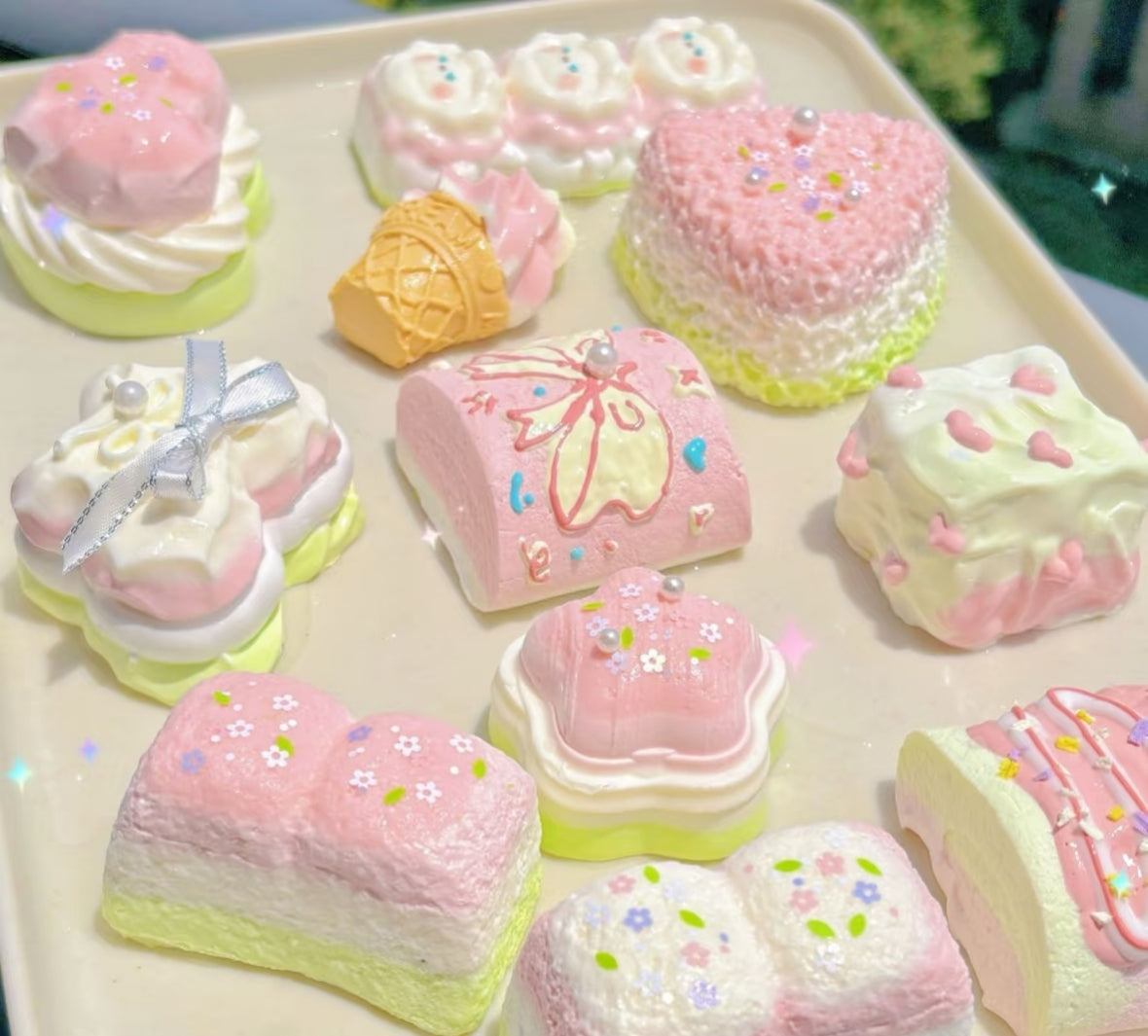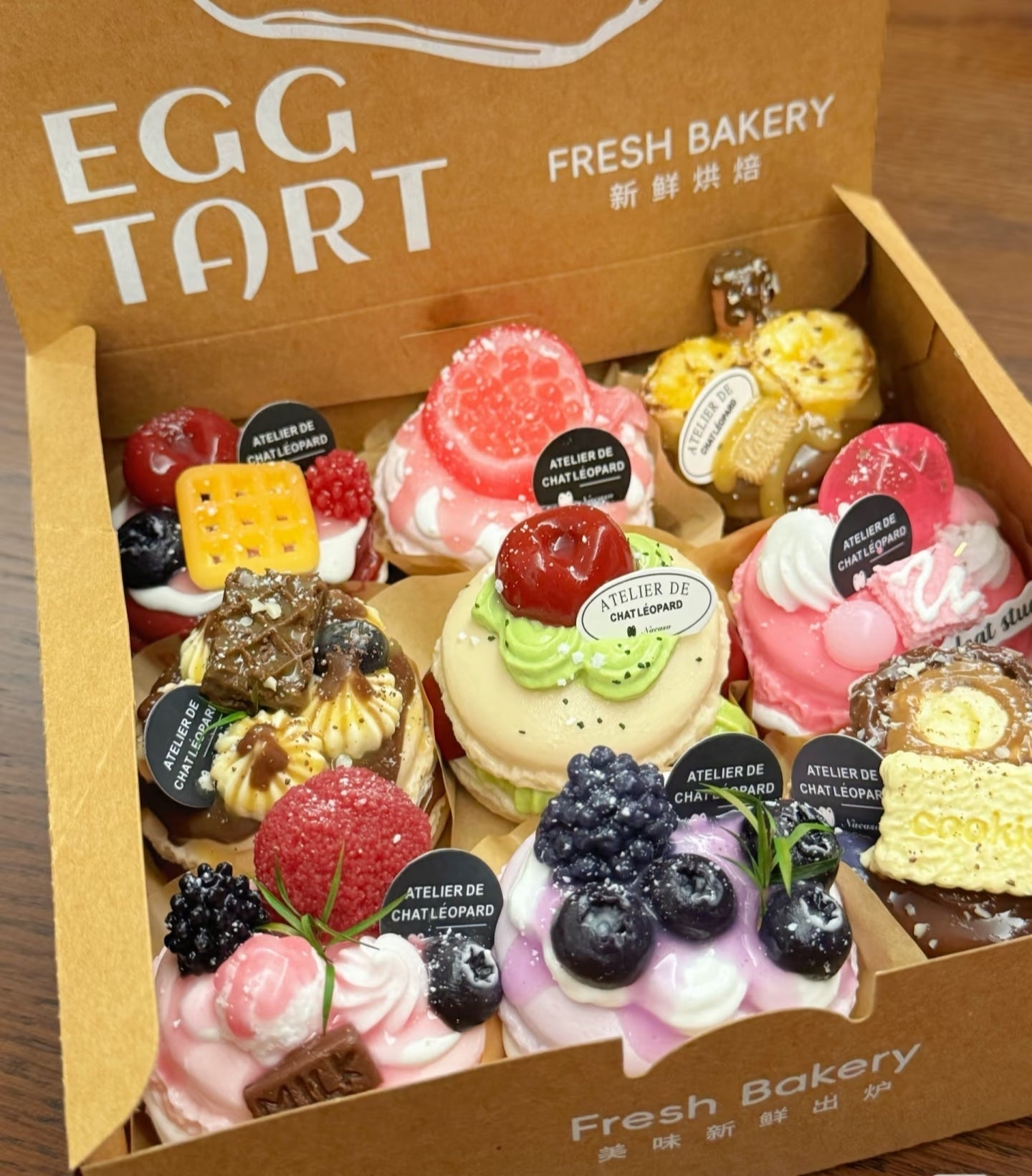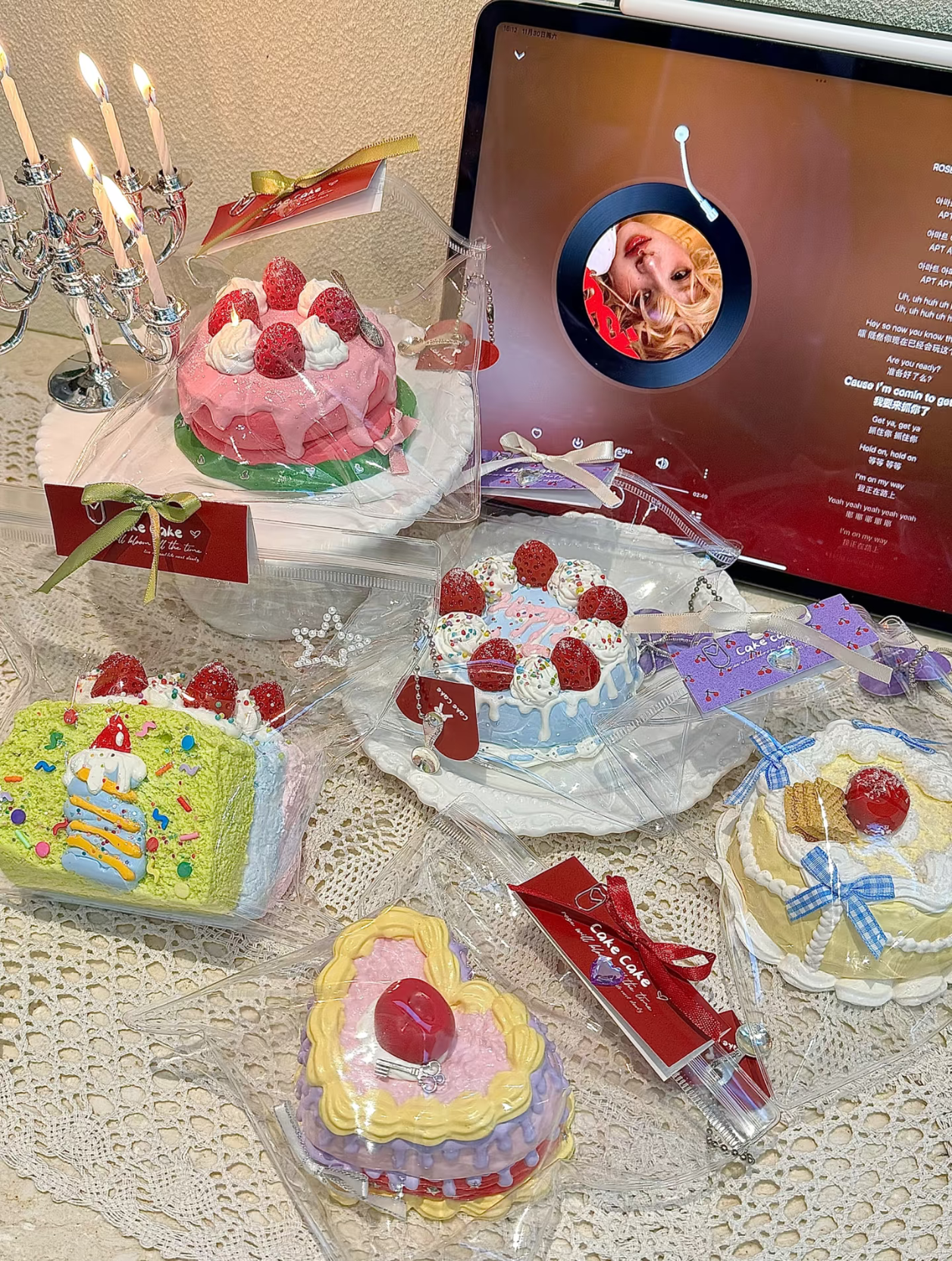Have you ever had one of those moments?
It's late at night. You've finished the day's work, turned off the computer, and the room is completely silent. You lie on the sofa, your body exhausted, but your mind races like a machine that won't shut down—the day's meetings, unfinished KPIs, next week's schedule… Anxiety hums like background noise, persistent in your ears. You pick up your phone, scrolling mindlessly through social media, the screen's glow lighting your face. Time slips away, yet you feel emptier than before.
This isn't your story alone. It's our shared modern affliction: mental overload.
Our attention is fragmented, our emotions adrift in a flood of information. We crave to "stop," but can't find the "pause button." So, we seek various ways to soothe ourselves, some of which you might be practicing unintentionally.
1.Those "Stress Relief" Methods We've Tried – Do They Really Work?
①Scrolling Through Your Phone: Brief Escape, Lingering Emptiness
· Root Emotion: Seeking instant stimulation, escaping present pressure.
· The Reality: A flood of information forces your brain to process constantly, denying it real rest. Algorithmic feeds keep you hooked, but the moment you put the phone down, the anxiety often feels worse, compounded by guilt over wasted time.
· Core Action: A passive, draining form of mental distraction.
②Comfort Eating or Retail Therapy: Filling Anxiety with "Satisfaction"
· Root Emotion: A desire to gain a sense of control and comfort through acquisition (food or items).
· The Reality: The brief dopamine spike does bring happiness, but it fades quickly, potentially leaving behind new pressures related to health or finances.
· Core Action: An outward-seeking emotional compensation mechanism.
③Venting to Friends: Effective, But Not a Panacea
· Root Emotion: Needing to be understood, to feel empathy, hoping to share the emotional load.
· The Reality: A friend's comfort is crucial, but sometimes we worry about being a burden, or find some emotions too difficult to articulate precisely.
· Core Action: A social support system reliant on external feedback.
These methods aren't entirely useless, but they often address the symptoms, not the root cause, and can even have side effects. What we need might not be more intense stimulation or more complex techniques, but a simple, direct "anchor" that can pull our scattered attention back to the present moment.
2.Finding That "Anchor": From Seeking Outside, to Soothing Within
Modern psychology and neuroscience point out that a key to alleviating anxiety lies in shifting attention from chaotic thoughts to the body's sensory perceptions. It's a feeling of being "Grounded."
This leads to another method, often overlooked yet ancient and instinctual: Tactile Comfort.
Have you noticed how, when anxious, you might unconsciously rub your fingers, twirl a pen, or repeatedly crumple a piece of paper? This isn't just mindless fidgeting; it's your body spontaneously seeking tactile focus and release. These simple, repetitive tactile actions can effectively switch the brain from "thinking mode" to "sensing mode," thereby calming the internal storm.
Based on this principle, small objects specifically designed for tactile comfort have entered our lives. They aren't intrusive like medication, nor do they consume mental energy like digital entertainment. They simply sit quietly within reach, offering a pure and focused tactile experience when you need it.
3.A Genuine Experience Share: It's More Than Just a "Toy"
I first encountered such a product when a friend gave me a small object with a unique texture (let's call it a "Nienie"). It was unassuming in looks but had a remarkable feel—soft yet incredibly pliable, squishing down and slowly rebounding. The whole process was quiet and calming.
I started keeping it on my desk. Initially just out of curiosity, it soon became my "secret weapon" during work breaks.
· Before needing to focus: I'd give it a few squeezes, feeling like a warm-up for my brain, helping scattered thoughts settle.
· Feeling tense during a conference call: The tactile feedback in my fingers was like a silent reassurance, reminding me to breathe and stay present.
· Feeling stuck and frustrated: Shifting focus to its soft texture and rhythmic rebound would, within minutes, often lessen the frustration and clear my thinking.
It didn't solve any actual work problems, but it changed my mindset when facing those problems. It was like a loyal, silent friend. When I was emotionally overloaded, the tangible sensation transmitted through my palm gently said, "Hey, come back here. Feel this moment. It's okay."
4.How to Choose the Right "Emotional Companion" for Yourself
If you feel your emotions could also use such a "physical anchor," here are some angles to consider when choosing:
①Prioritize Feel Over Looks: Seek a texture that feels comfortable and soothing to you. Is it soft and skin-friendly? Does it have a pleasant resistance? Warm or cool? Preferences vary.
②Consider Your Usage Scenarios: Will you use it mainly at the office, during your commute, or at home? This determines your needs for size and noise level.
③Manage Your Expectations: It's not a magic wand that instantly erases all stress. It's more like a small tool for exercising your emotional muscles. Through simple, repeated use, it helps you practice the ability to focus on the present and calm down quickly.
④Explore Possibilities: Beyond squeezing, you could try gently pressing it to your temples, or simply keeping it in your pocket—just feeling its presence when needed can be a comfort in itself.
Conclusion
In an era that demands constant efficiency and perpetual availability, taking care of our inner emotions is no longer a luxury, but a necessary survival skill. We can't change the world's fast pace, but we can find an inlet for slowing down within ourselves.
That inlet might just lie in the focused press and rebound within the palm of your hand. It reminds us that even at our most anxious, we still possess the power to bring our attention back to ourselves and find peace in the present moment.
I hope you can also find your own simple, quiet, yet profoundly comforting "little haven."



